In Crown Heights Moses Blends with Montessori
Though it sits in the heart of Crown Heights, home to the largest Chabad community in the Diaspora, Lamplighters Yeshivah is moving away from the traditional Jewish education model, a first for the community. For starters, it uses the Montessori method ● Miriam Groner profiles the Lamplighters Yeshiva located in Crown Heights ● Full Story, Pictures
By Miriam Groner / The Times of Israel
Except for a simple banner hanging loosely over the entrance, nothing stands out about the modest brownstone on Eastern Parkway. But inside, the converted early-20th century home, is a bevy of activity.
Though it’s early August, unlike many New Yorkers who take advantage of the school break by retreating to Upstate New York, Rivkah Schack and her team are busy preparing for the upcoming school year which starts on September 8 at Lamplighters Yeshivah, the school which she runs together with husband Moshe Schack.
In a typical Montessori classroom it is not unusual to see the teacher seated on the floor with the children, using “manipulatives” (Montessori tools) to teach everything from reading to mathematics. At Lamplighters, these tools are an integral part of the classroom – modified for a strictly Orthodox Jewish environment, of course.
Schack points out a shoebox-sized gold, cardboard box labelled with the word “Luchos,” Ashkenazi Hebrew pronunciation for boards or tablets.
“In a Montessori classroom,” she says “It’s not about standing in front of the classroom and dictating from there. It’s about showing the story, making it real for the students.”
Inside the box, in Russian nesting doll style, sits a smaller box labelled “Torah,” yet a smaller one labelled “Chumash” (the Five Books of Moses) rests inside and so on, outlining the structure of the Jewish Bible. Tools like this, and a nomenclature book modified for teaching the Hebrew alphabet, aim to get the children fully involved in the learning experience.
In a traditional classroom setting, a typical Bible class often involves the teacher dictating phrases from in front of the classroom and the students repeating line by line. Not at Lamplighter’s. Here the theory is based on King Solomon’s refrain, “Chanoch L’naar Al Pi Darko,” “Educate a child according to his way.” (Proverbs, 22:6), a refrain often bandied about in the education field, but here seemingly the guiding tune that underlies their approach.
Lamplighters is not the first Jewish school to take on the Montessori model. Earlier this year the New York Times reported a surge in Jewish Montessori schools across North America over the last 15 years. In the last decade, four have sprung up in Brooklyn alone. But Lamplighters is the first to break into the devout Chabad Lubavitch community in the Crown Heights market.
A local mom, Yocheved Sidof, founded the school in 2009 together with a Crown Heights educator and a group of young parents who were all looking for the same thing: a smaller school that would give their children more opportunities to thrive.
“In a typical school there are at least 20 kids in a classroom and there are only a limited number of tools at the teacher’s disposal to make sure that each child is reaching his potential,” says Sidof, now Lamplighters’ executive director. “There are children on different levels of advancement and some kids tend to fall behind.”
To Sidof, the lack of student-focused attention is not an issue limited to Crown Heights, but one that extends far beyond the community, reflecting a general need for reform in the education system as a whole.
The team at Lamplighters are hoping to influence the Jewish education system on a greater scale and are developing an education model, replete with curriculum, techniques, and tools, a prototype of sorts, that can be customized for a specific school’s needs.
They have already received interest from schools around the states looking to learn from their model, and are working together with the Menachem Education Foundation, an organization dedicated to advancing Jewish education in Orthodox schools, to develop the program. They have other schools approach them for guidance and have been conducting teacher training programs throughout the summer.
“It’s not the function of bad teacher, or a bad school, it’s the state of education as a whole,” she says. “There’s a system in place that makes it very difficult to reach every child in a school setting.”
ALL ROADS LEAD TO ROME
It was not until it’s third year when the Schacks took on the role of educational directors that it became a Montessori school. (For the first two years Lamplighters ran a reggio-inspired program, in which children guide the curriculum.) The Schacks had previously left their accounting business to found the Torah Montessori School in Chicago after watching their children suffer in “showcase Orthodox institutions.”
Sidof says that when she witnessed the Schack’s expertise in action she fell in love with this different approach. “I came to have a deep appreciation for this model, and how much it really does fit in with being able to engender certain values that we appreciate as Jews,” she said.
Schack is quick to point out that they are not a Montessori school by definition, but rather a Chabad school that uses a Montessori method of teaching. If ever there were to be a clash between the two, she reiterates, Chabad instruction would take precedence.
“We are first and foremost a Chabad school, a Jewish school.” she said, “Montessori comes next, because it fits with what we believe is the best tried and tested method to educate children at the moment.”
Aside from the teaching methodology, another thing that sets Lamplighters apart from other schools in the community is its embracing of secular subjects as a core part of the curriculum. To some in the Chabad community, this is inconsistent with the direction of their late leader, Rabbi Menachem Schneerson. The Rebbe encouraged his followers to teach only “Al Taharas Hakodesh,” or holy subjects, an ideology that is drives the curriculum in more than half a dozen other Chabad schools in the community, and many more around the world.
In Oholei Torah, considered the paradigm Chabad-Lubavitch school with a student body of almost 2000 from preschool through to the end of high school, the morning prayers are followed by a recipe of Bible, weekly Bible Portion, Hassidic teachings, Talmud, Tanya and other Judaic subjects. In the lower grades, children are mostly taught in Yiddish and no secular subjects, including basic reading and writing are taught. If secular subjects must be taught, their Rebbe instructed, they should be taught in the afternoon following the Judaic studies so the core of the students’ energy can be vested in the morning subjects.
Indeed another boys schools in the community teaches some secular subjects in the late afternoon, as does Beis Rivkah, Oholei Torah’s sister school for girls.
But at Lamplighters, there is no strict differentiation between the two territories. On the contrary, the two, they believe, can live in mutual symbiosis. Maths and science are interspersed with Bible classes, and many of the teachers are rabbis, teaching both the Jewish and secular subjects. They believe that by learning secular studies, one can come to have a greater appreciation for the Torah. By learning subjects like science and geography, a child can grasp a deeper understanding and appreciation of religious texts.
Hedva Wellerstein Rosen says it was this refreshing perspective that drew her to the school. Wellerstein Rosen, whose two sons will go into their second year at Lamplighters in the fall, says it was the strict dichotomy in other schools in her Queens Orthodox community, that led her to pull her child out of his yeshiva.
“Here there is no dichotomy in that the morning is for limmudei kodesh [Jewish subjects] and the afternoon is for unimportant stuff. It’s all kodesh, it’s all holy,” she says.
Matthue Roth, a Brooklyn based author and game designer says he and his wife were drawn to this ”thoroughly unapologetic” approach to education. “This was the thing that struck us about Lamplighters Yeshivah. It’s not a blend of Torah and Montessori, and they’ve taken out the bits that don’t fit. It’s 100%. Everything it believes in it does 100% of the way,” he says.
REBELS OR REVOLUTIONARIES?
To some community members, this makes Lamplighters a rebel institution, redefining the norm in an insular community that until now had not seen much change from the traditional education system. Some community members see it as more modern, or “new-agey.”
One mother, whose five children attend Oholei Torah and Bnos Menachem (a somewhat smaller version of Beis Rivkah), says she would not consider sending her children to Lamplighters, but that in a community that is continually growing and welcoming more members there is a need for more options and diversity.
“Competition is good for everybody, across the board,” said the mother who preferred not be named. “Beis Rivkah’s building is the same size school building as it was ten years ago, and so many more young couples are getting married and staying in Crown Heights that practically speaking, there is a need for more.”
The school, which does not receive any state funding and relies on private donations, requests a relatively hefty tuition of $11,000 a year for pre-school and $12,000 for elementary school. In comparison, Beis Rivkah is $8,000 (plus a one time building fee of $1,800 + insurance fees etc) and Oholei Torah is about $11,200.
The popularity of the school may speak for itself. While in the first few years Sidof had to recruit parents to take the risk of sending their children to a new school, enrollments are now at capacity with over 80 children attending in the fall and a waiting list of over 130. Sidof aims to add on another grade each year, with the hopes of going up to eighth grade and possibly beyond.
Sidof says that on the whole they have a positive relationship with the community, but as with any developments in a relatively tight-knit community, some are reluctant to change and question their status as a legitimate Chabad school.
“I think it’s about how people in general deal with change, and how we as a community deal with having to assess certain issues and come to a strategic plan of how we’re going to fix certain things,” she says.
“There couldn’t be a better place to do this than New York,” Schack said, “Here are the resources, the educators, the support and the community.”


















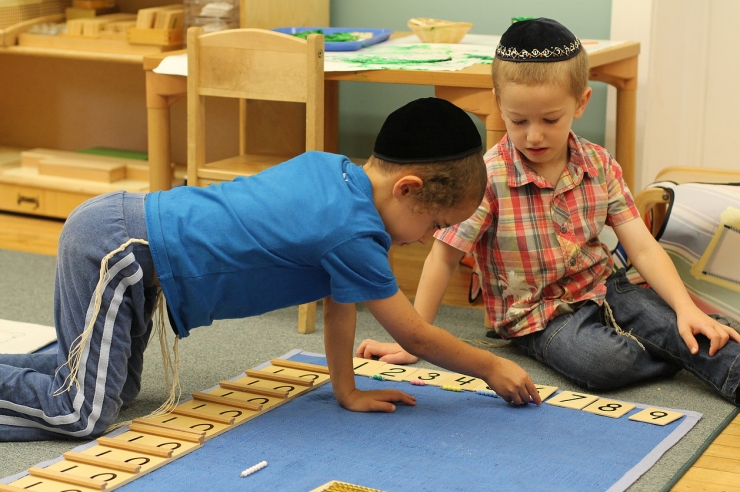





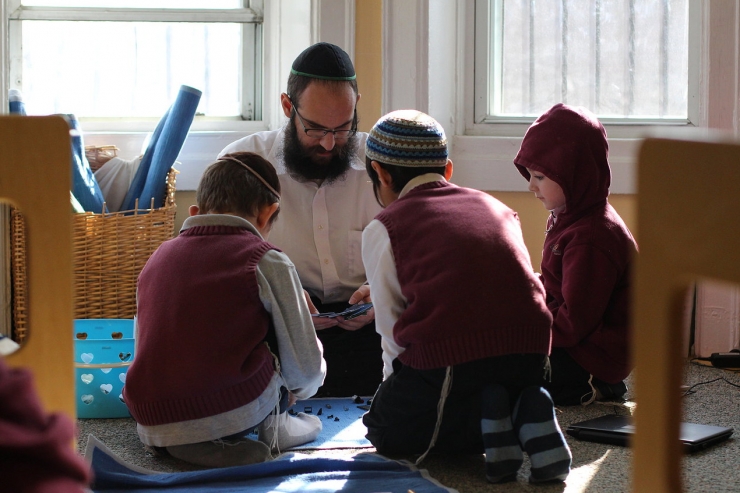


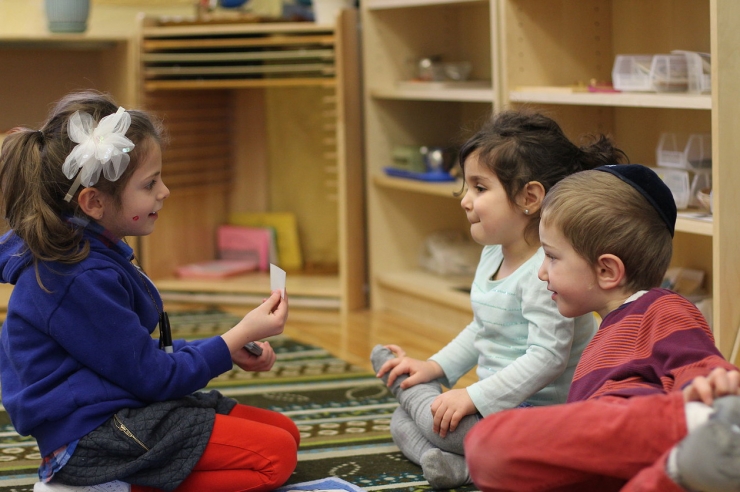








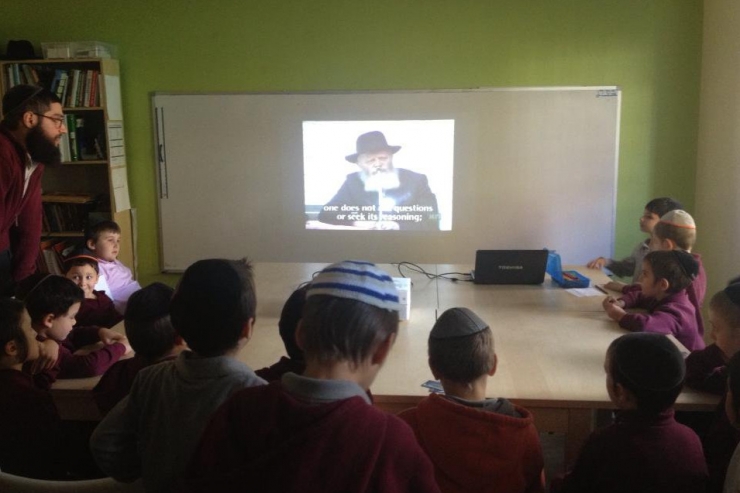





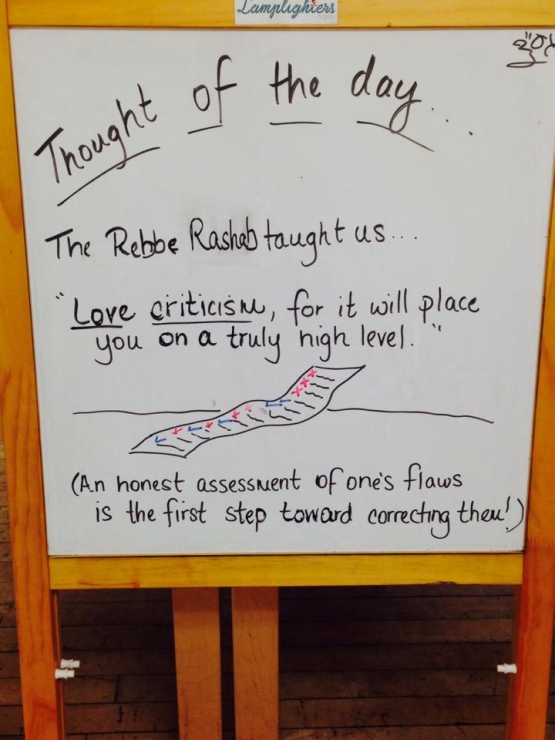


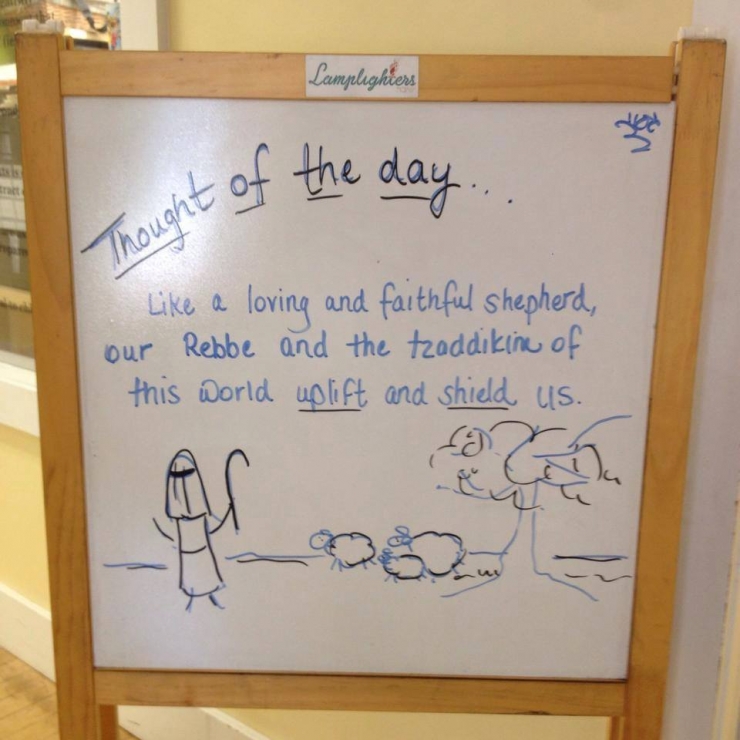


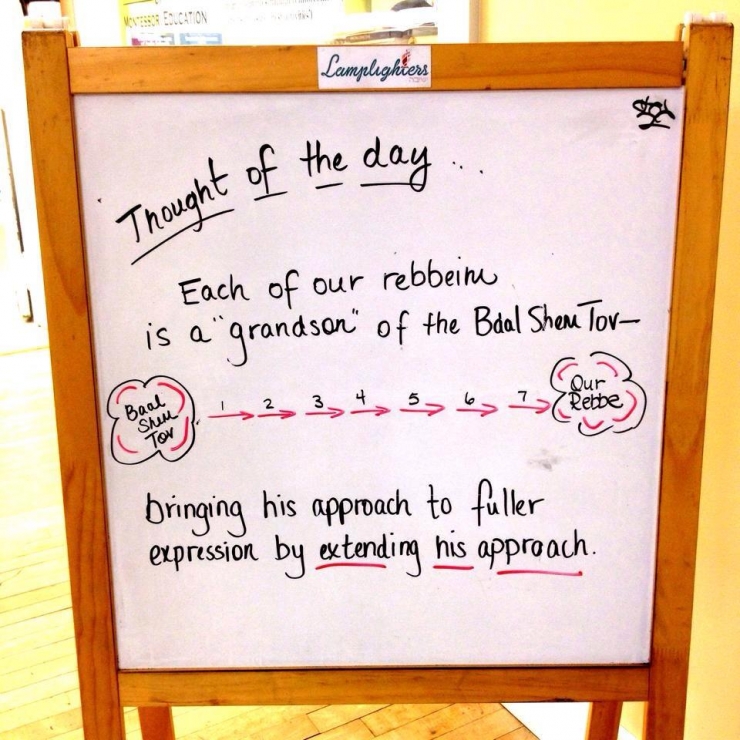





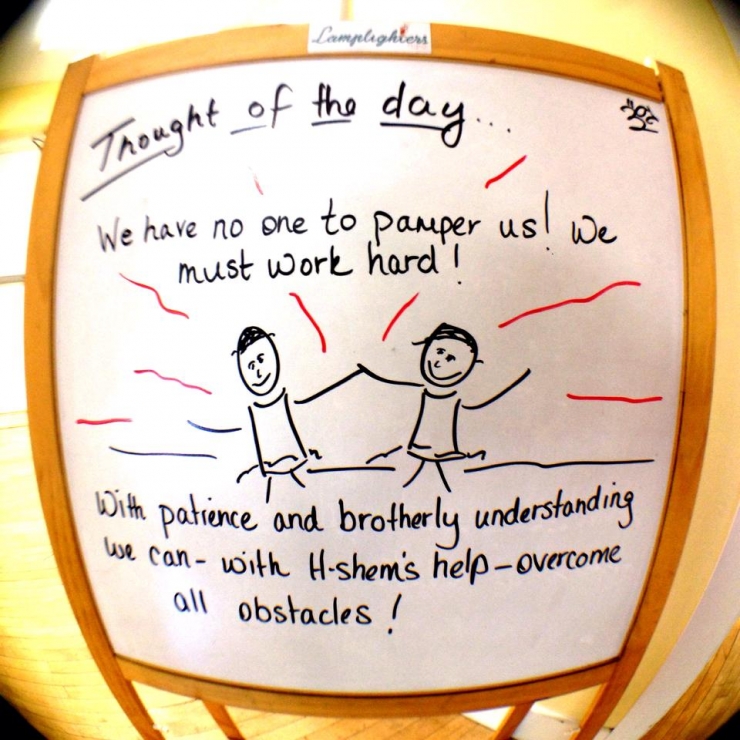





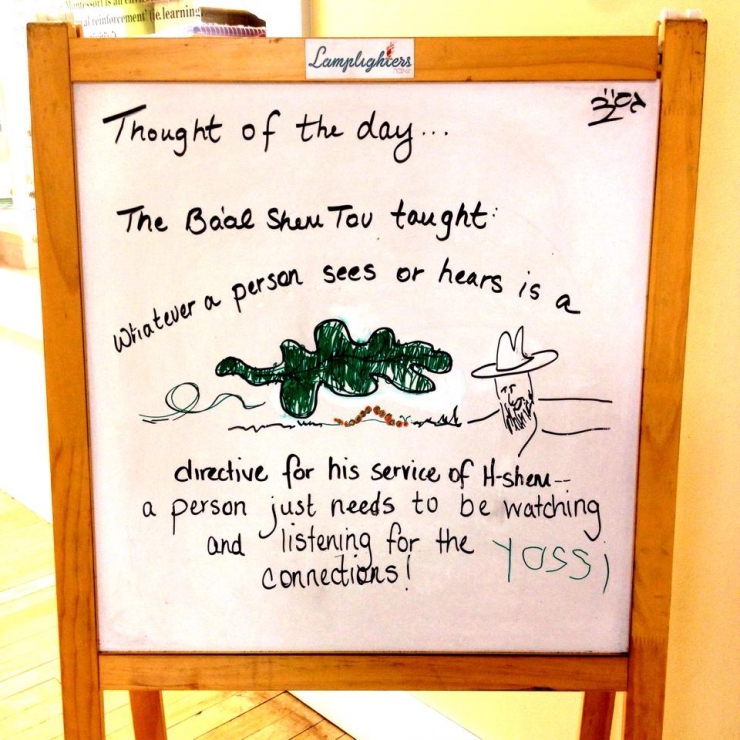





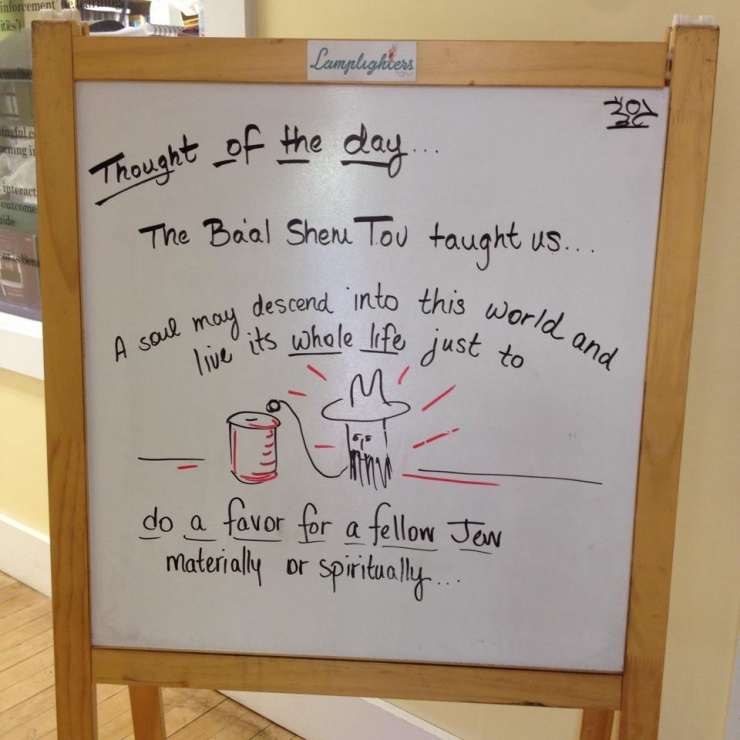


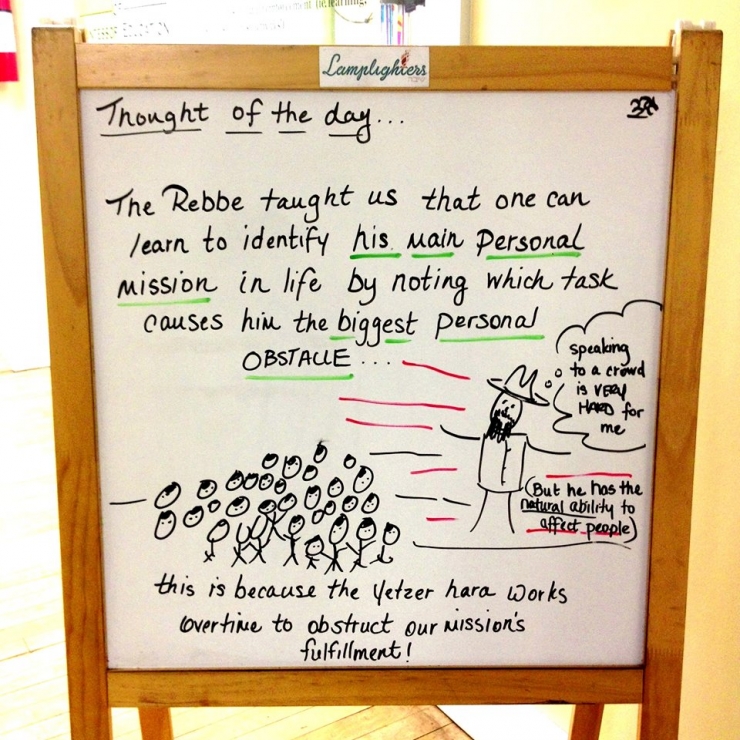





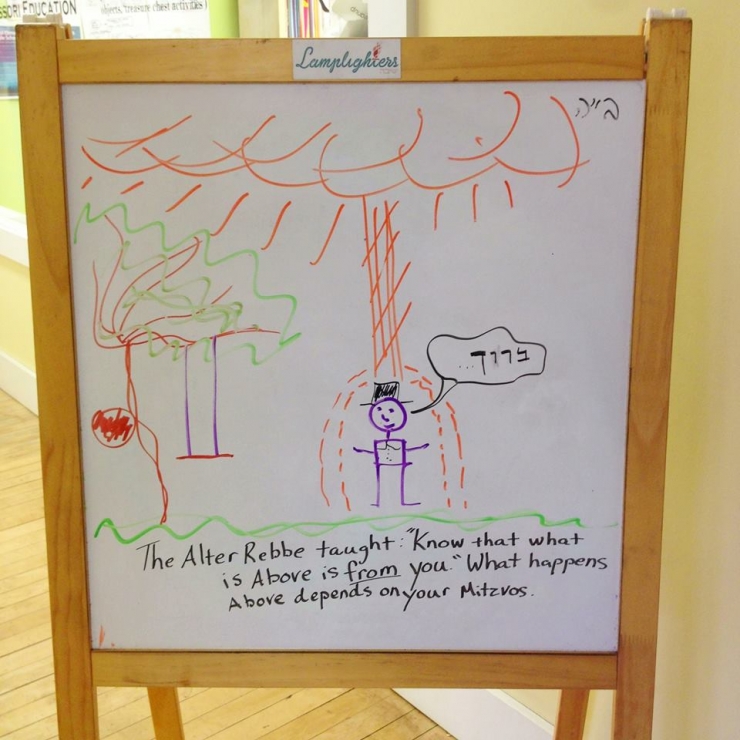





866
Join ChabadInfo's News Roundup and alerts for the HOTTEST Chabad news and updates!








































